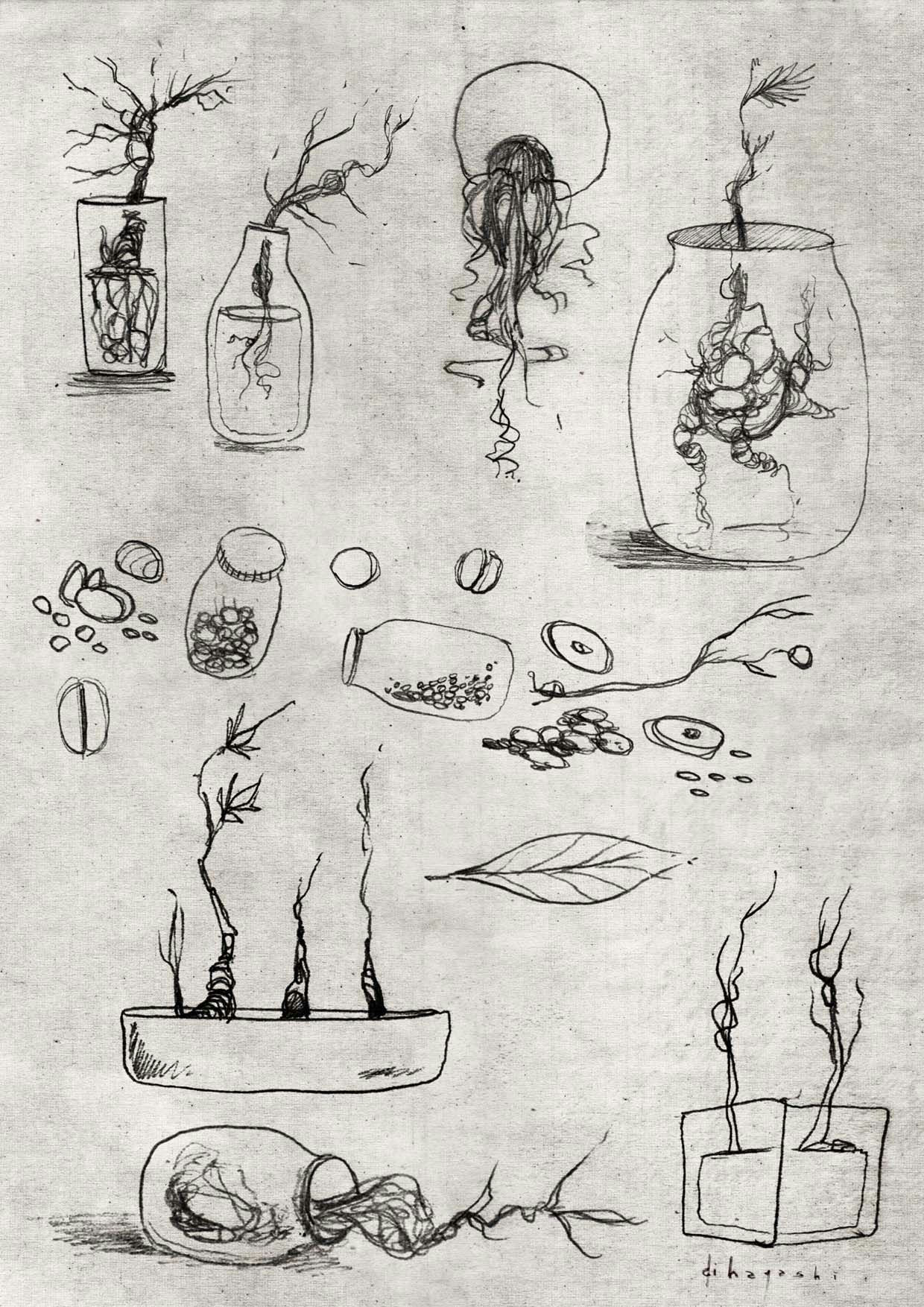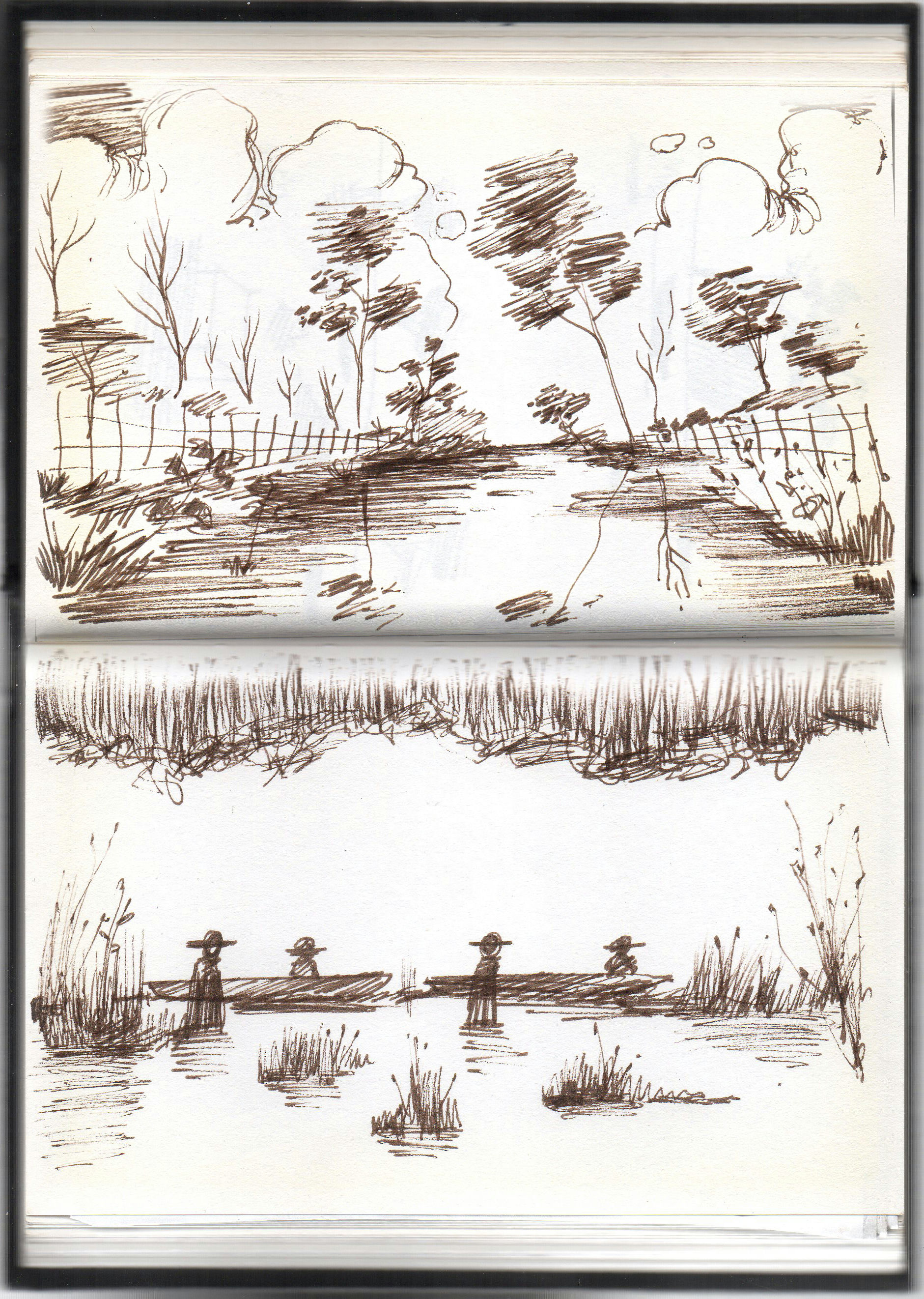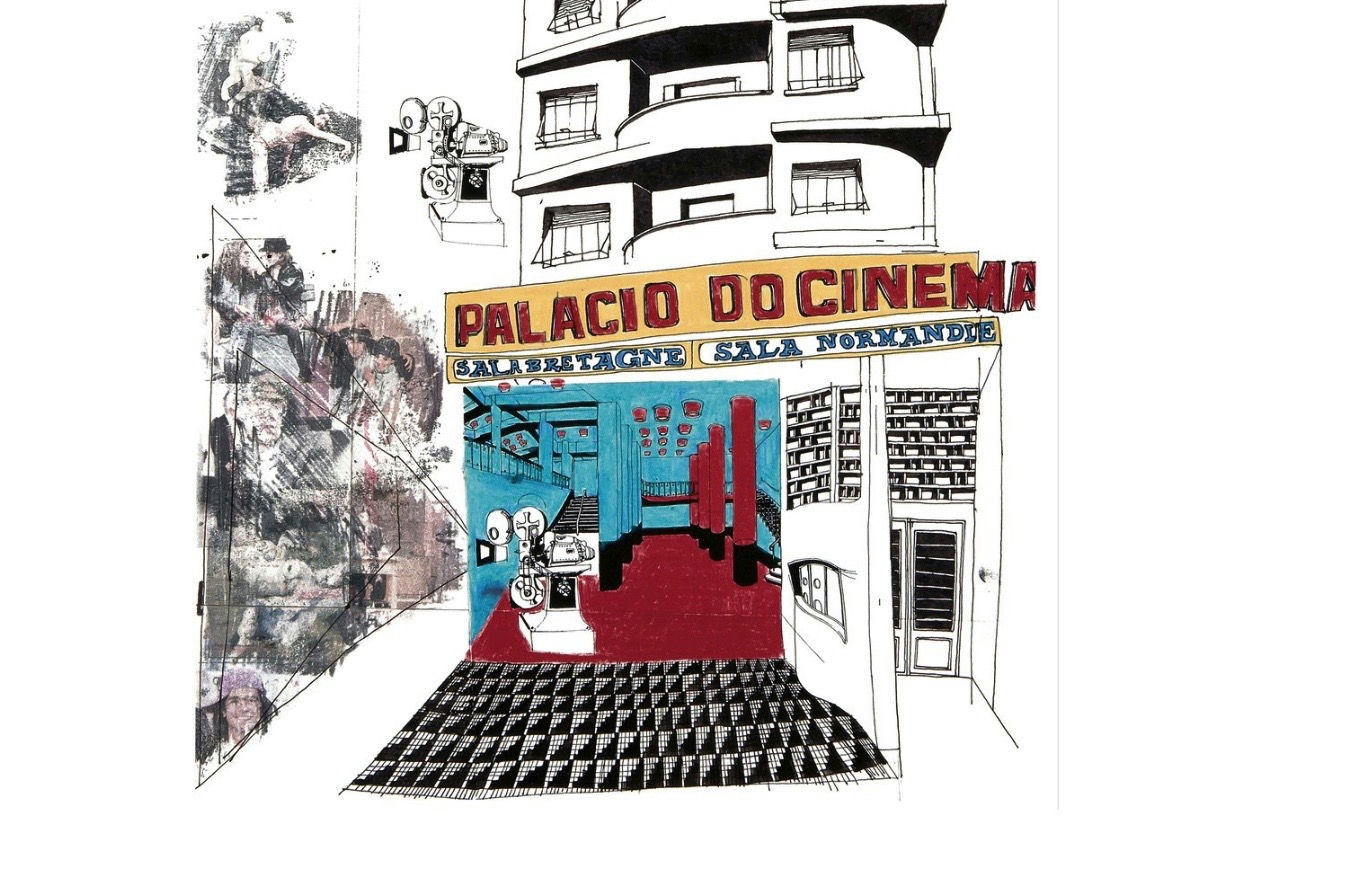
I really can't remember when I begun drawing, it seems forever, and soon it became a way of communicating ideas and telling stories. The comics was the first place where I experimented storytelling, and later when the moving image became a passion the sketching ability came handy.
When I direct a film I draw almost everything, not only for storyboarding purpose but also creating moods and concepts, location ideals, character development, costume design, and framing.
In Brazilian independent cinema (at serious risk for political reasons), we basically film only on location, sometimes the location works as some kind of studio like place (the house on "Long Way Home" was something like that), where we can adapt a few things, but it is very basic. It's rare to build something out of scratch, all must be adapted.
In the short film "Savage Fire" I knew exactly where, what and how I wanted to film, since it was my hometown and i knew it so well. So I did very loose drawings, enough so the crew would get the sequences ideas, but, the most important thing was to take them to the location to understand its environment. Drawing here was a narrative guide, to be changed, added or eventually cut.
The last feature I did as production designer, "Light in the Tropics", was about a very famous expedition that took place in 1890s, about artists and scientists exploring the forests and landscapes of Brazil. As we followed the path taken by them, I used the same tools to capture the images, pencil and sketch diaries. Later on, those sketchbooks helped me to understand and to relate with that atmosphere. I drew and wrote about the locations, the nature, the local people etc... These image notes helped me to design this particular film, where it was more about discovering things; locations, stories, scenes, textures, objects and bringing it to our film's reality and plot.
In a more traditional film production like "Elon Doesn't Believe in Death" I visit locations and sketch really quick what catches my attention, for later researching and mood boarding. I really do not spend too much time on the drawing, sometimes they are very rough notes, so it works as a way of thinking and memorizing, for me it's a good way of creating a finished concept.





























